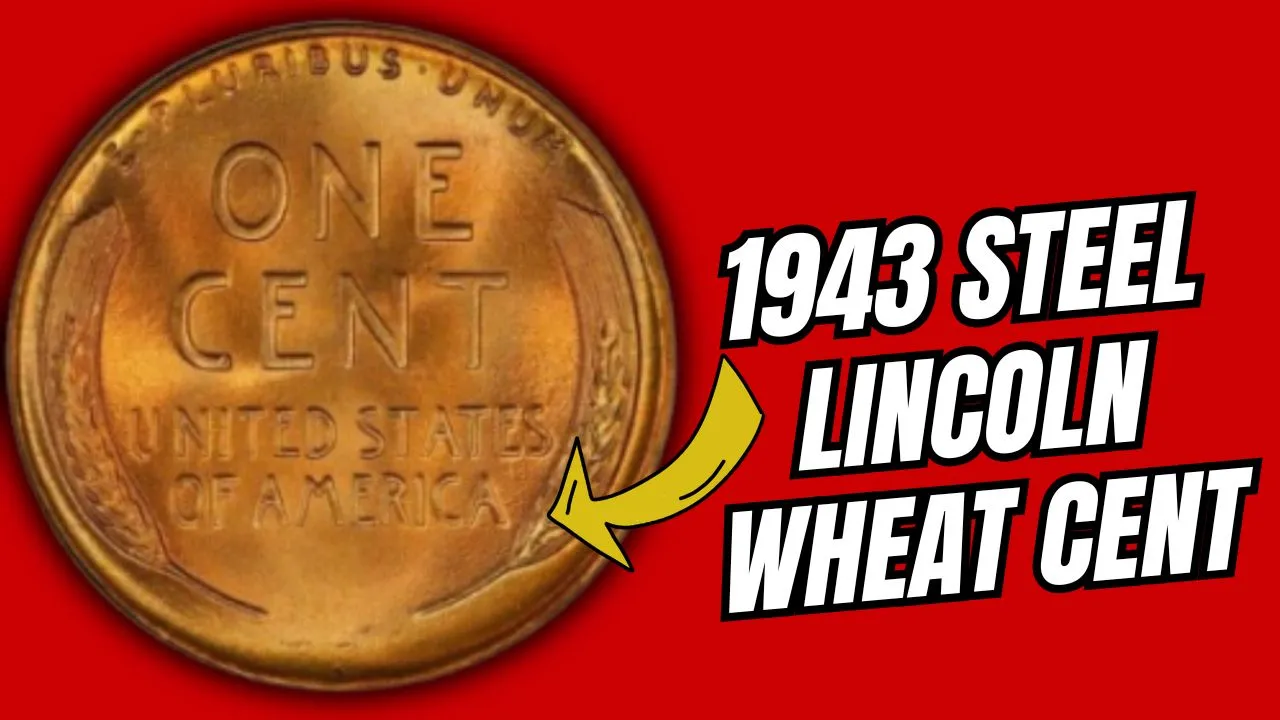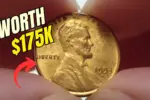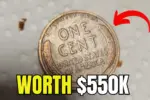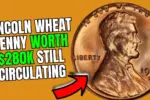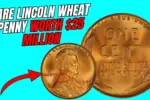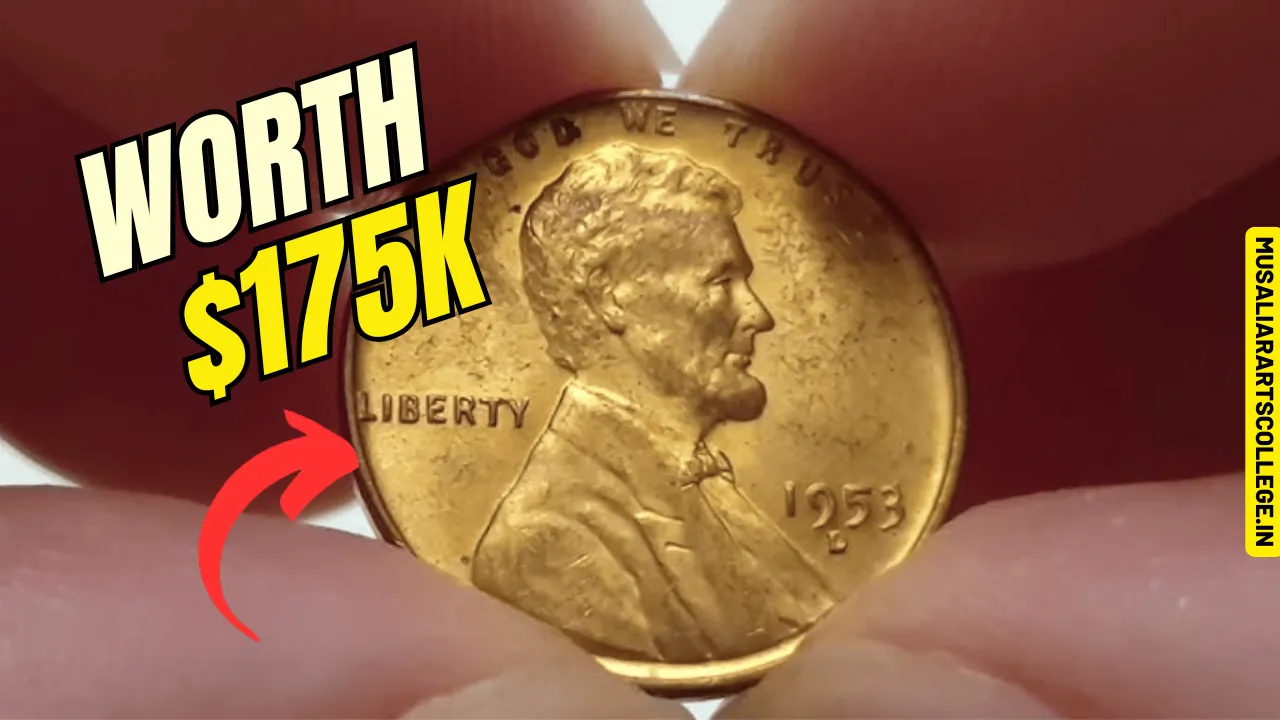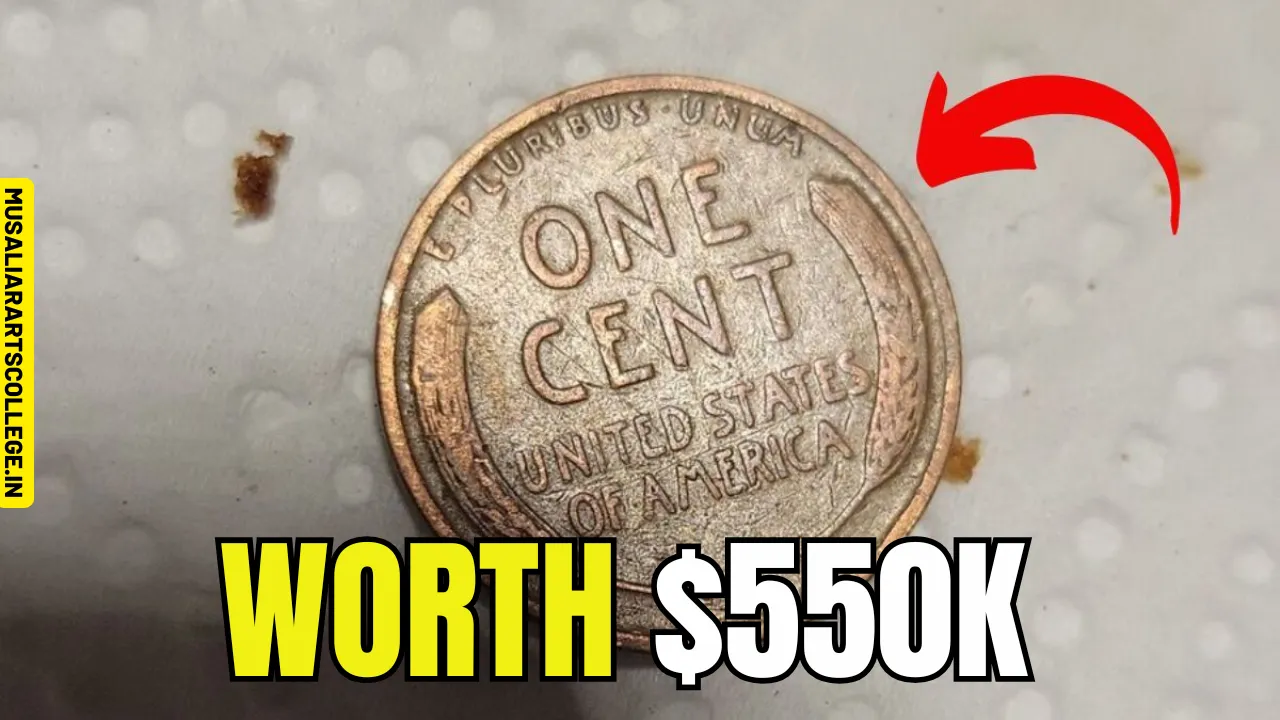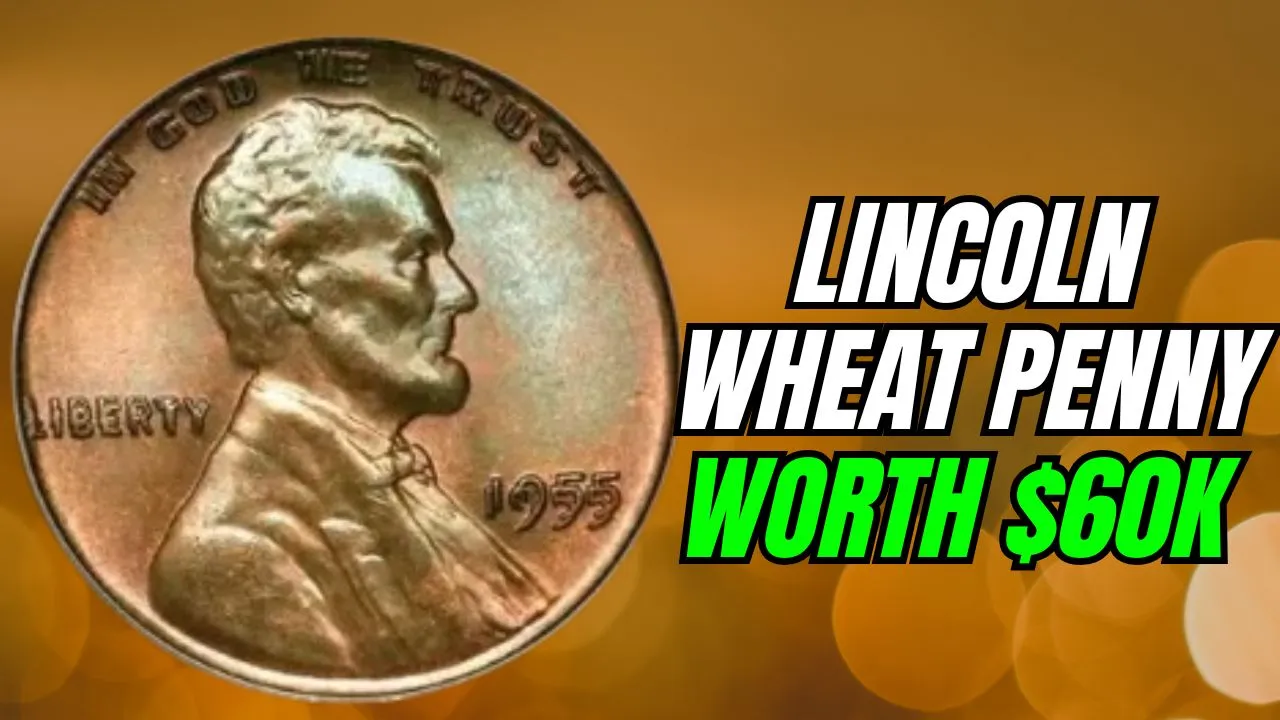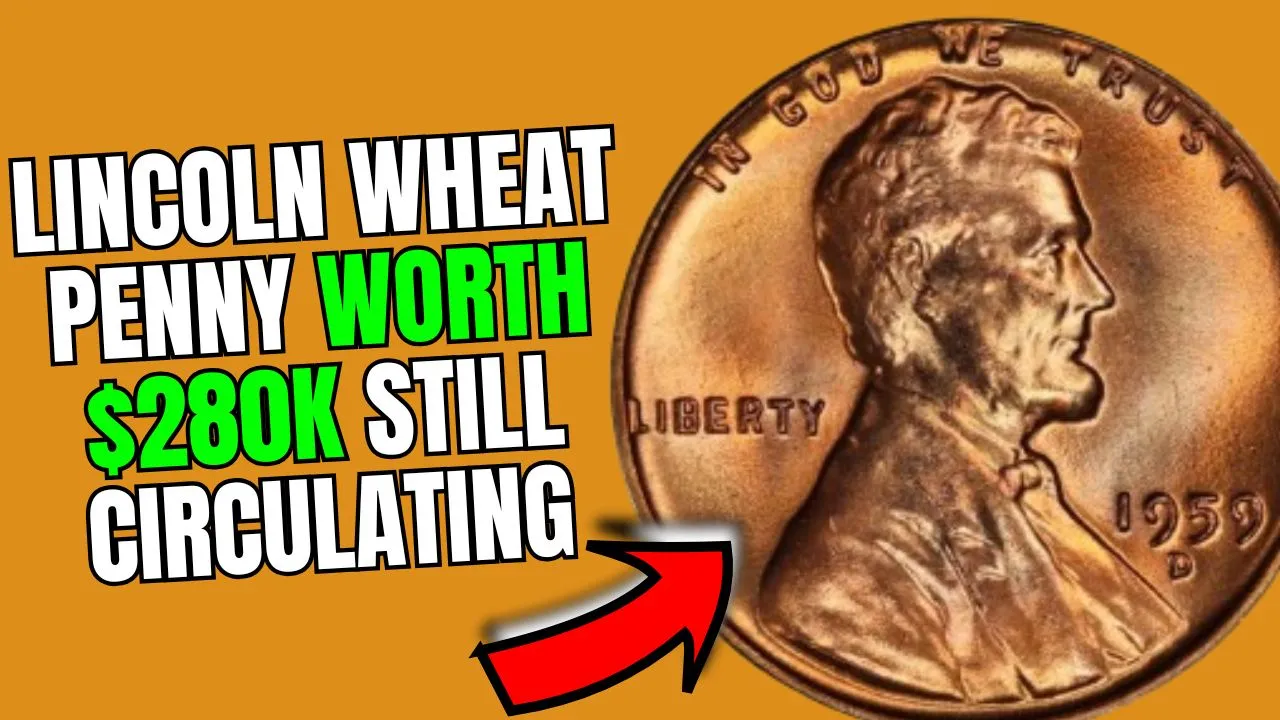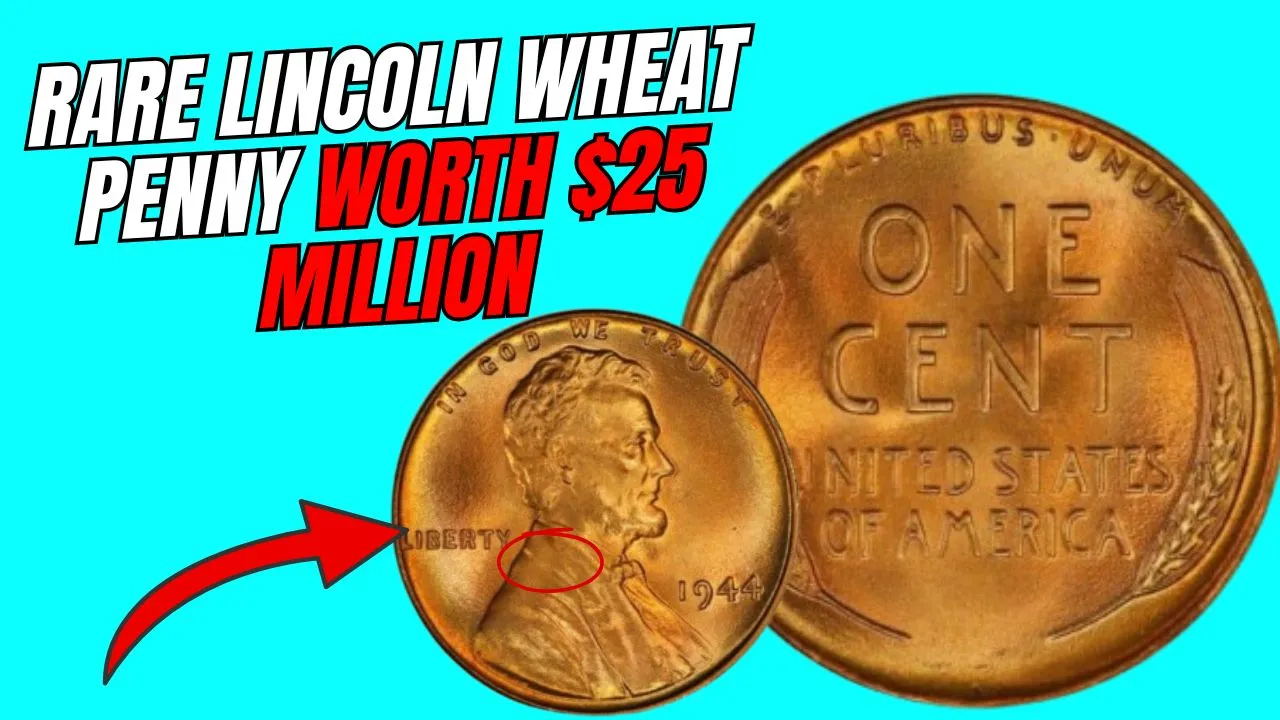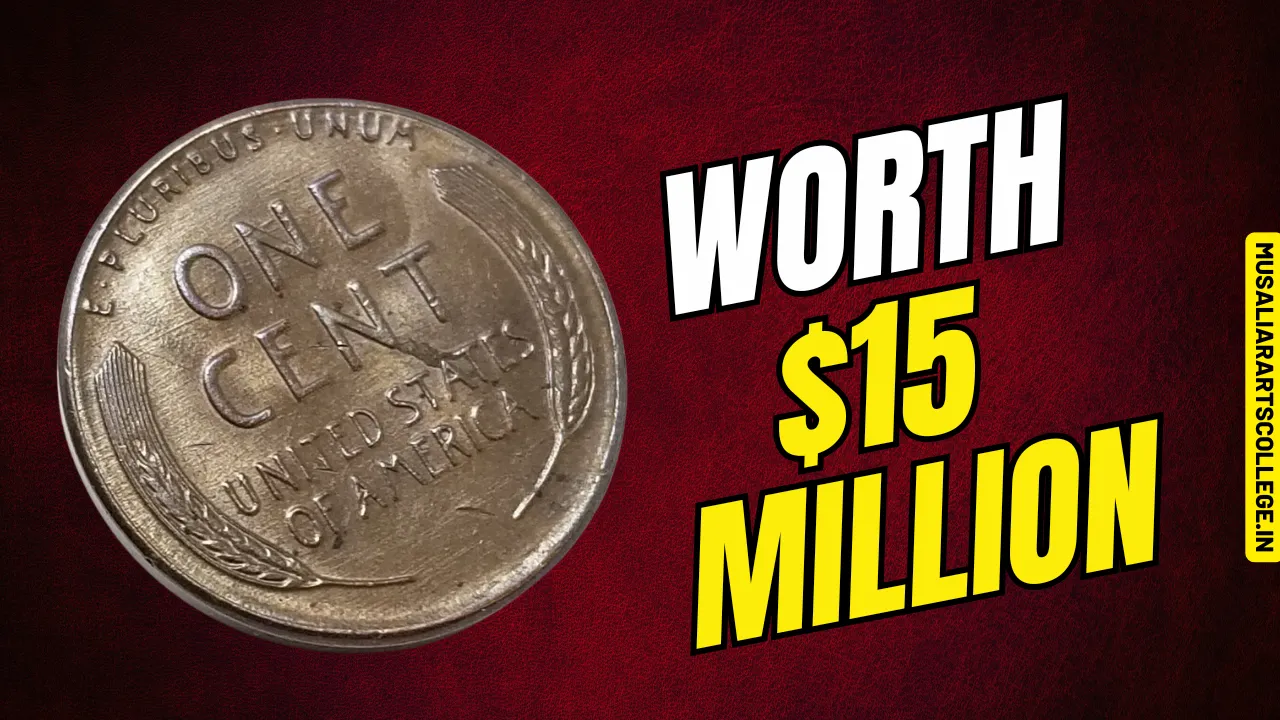1943 Steel Lincoln Wheat Cent: The 1943 Steel Lincoln Wheat Cent remains one of the most intriguing coins in American numismatic history. Minted during World War II, this coin represents an era of sacrifice and resourcefulness. Unlike traditional copper pennies, the 1943 cent was made from zinc-coated steel, giving it a distinctive silvery appearance.
This article dives deep into the history of the 1943 Steel Lincoln Wheat Cent, explores the most valuable errors, and provides essential tips for spotting counterfeits. Whether you’re a dedicated coin collector or someone who stumbled upon an old penny in your drawer, this guide will help you understand the significance and value of this historical coin.
Overview of the 1943 Steel Lincoln Wheat Cent
| Feature | Details |
| Year of Minting | 1943 |
| Material | Zinc-coated Steel |
| Purpose of Material Change | Preserve copper for World War II efforts |
| Key Errors | 1943 Copper Cent, 1944 Steel Cent |
| Identification Test | Steel is magnetic; copper is not |
| Historical Significance | Symbol of wartime resource conservation |
The History Behind the 1943 Steel Lincoln Wheat Cent
In 1943, the United States found itself in the middle of World War II, and essential materials like copper were in high demand for manufacturing ammunition and military equipment. In response, the U.S. Mint decided to replace copper with zinc-coated steel for the production of one-cent coins.
This change gave birth to the 1943 Steel Lincoln Wheat Cent, which stood out with its shiny, metallic appearance. While the switch effectively saved copper for wartime needs, the steel cent presented unexpected challenges.
Firstly, the coins were prone to rust once the zinc coating began to wear off. Secondly, their silvery color caused confusion, as they closely resembled dimes. These issues led the U.S. Mint to discontinue steel cents after just one year, returning to copper coins in 1944.
Despite its short production period, the 1943 Steel Lincoln Wheat Cent has become an iconic piece of numismatic history.
Notable Errors of the 1943 Steel Lincoln Wheat Cent
Two notable minting errors from this period have captured the attention of collectors worldwide.
1. The 1943 Copper Cent Error
During the transition to steel planchets, a few leftover copper planchets from 1942 were mistakenly used to strike 1943 pennies. These copper cents are incredibly rare, with only a handful known to exist.
- Why is it valuable? Its rarity makes it one of the most sought-after coins among collectors.
- Identification Tip: A genuine 1943 copper cent is not magnetic, while a steel cent will stick to a magnet.
2. The 1944 Steel Cent Error
In 1944, the U.S. Mint resumed using copper for penny production. However, some steel planchets from 1943 were accidentally struck in 1944. These steel error coins are just as rare and valuable as the 1943 copper cent.
- Why is it valuable? It represents a significant minting error and is extremely rare.
- Identification Tip: Steel cents are magnetic, unlike regular copper coins from 1944.
These errors add an extra layer of fascination to the 1943 Steel Lincoln Wheat Cent, turning them into some of the most coveted coins in U.S. history.
How to Spot Counterfeit 1943 Steel Lincoln Wheat Cents
With rare coins comes the risk of counterfeits. Many fake 1943 Steel Lincoln Wheat Cents have been produced over the years. Below are the most reliable methods for identifying authentic coins:
1. The Magnet Test
- Authentic 1943 steel cents are magnetic due to their steel core.
- If a supposed 1943 copper cent does not stick to a magnet, it might be authentic, but further verification is needed.
2. The Weight Test
- An authentic steel cent weighs about 2.7 grams.
- A copper cent weighs approximately 3.11 grams.
- Use a precision scale to check the weight.
3. Visual Inspection
- Examine the surface of the coin for signs of plating or discoloration.
- Authentic coins will have sharp and clear details, while counterfeit coins may display uneven edges or wear.
4. Date Examination
- Ensure the numbers on the date are consistent and not altered.
- Look for signs of tampering, such as a “3” being modified to resemble an “8”.
Why Collect the 1943 Steel Lincoln Wheat Cent?
The 1943 Steel Lincoln Wheat Cent is more than just a coin—it’s a symbol of resilience and adaptation during wartime. Its unique composition, combined with its historical backstory, makes it a prized addition to any coin collection.
Benefits of Owning a 1943 Steel Lincoln Wheat Cent:
- Historical Value: Represents an important period in American history.
- Collector Appeal: Both standard and error varieties are highly desirable.
- Investment Potential: Rare error coins often appreciate in value over time.
Whether you’re holding onto a standard steel cent or one of the rare error coins, this penny tells a story that transcends its small size.
FAQs About the 1943 Steel Lincoln Wheat Cent
1. Why was the 1943 Steel Lincoln Wheat Cent made of steel?
To conserve copper for wartime production, the U.S. Mint switched to zinc-coated steel for pennies in 1943.
2. How can I tell if my 1943 cent is copper or steel?
Use a magnet—steel cents are magnetic, while copper cents are not.
3. Are all 1943 Steel Lincoln Wheat Cents valuable?
Standard steel cents are common, but error coins like the 1943 copper cent and 1944 steel cent are extremely valuable.
4. How can I spot a fake 1943 copper cent?
Check the weight and magnetism. A genuine copper cent weighs 3.11 grams and is not magnetic.
5. What is the value of a 1943 Steel Lincoln Wheat Cent?
Standard steel cents are affordable, while rare error varieties can sell for thousands or even hundreds of thousands of dollars.
Final Thoughts
The 1943 Steel Lincoln Wheat Cent remains a treasured artifact of American history. Whether you’re captivated by its wartime origins, its unusual composition, or the thrill of discovering a rare error coin, this penny offers something for every collector.
If you own one, make sure it’s properly authenticated and preserved. Share your experiences or questions in the comments below, and keep exploring the fascinating world of coin collecting!
